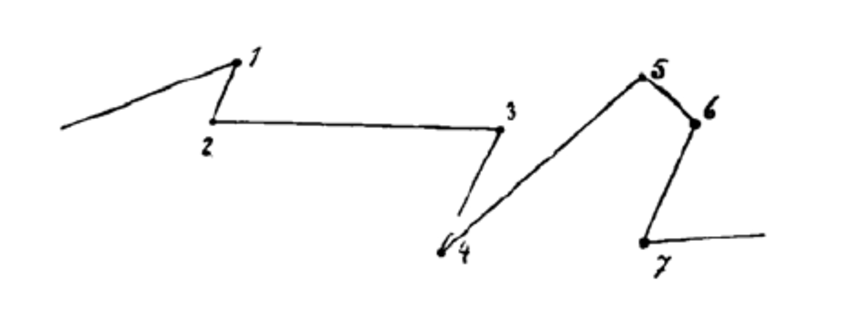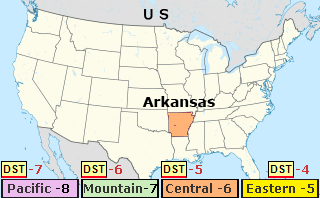Klee the Straight Line and the Curve: A Profound Artistic Journey
Paul Klee, a revolutionary Swiss-German artist of the 20th century, stands as a pivotal figure in the exploration of geometric forms and artistic expression. The concept of “Klee the straight line and the curve” represents more than a mere artistic technique—it embodies a philosophical approach to visual representation that challenges traditional artistic boundaries.
The Artistic Significance of Geometric Elements
In Klee’s artistic universe, the straight line and the curve are not just simple geometric shapes but profound metaphors for human experience, emotion, and perception. These fundamental elements become powerful tools of artistic communication, transcending their basic geometric definitions.
Understanding the Philosophical Underpinnings
The Straight Line: Rationality and Structure
The straight line in Klee’s work symbolizes:
- Precision and Rationality: A representation of logical thought and systematic approaches
- Architectural Thinking: Reflecting human tendency to organize and structure
- Mathematical Precision: Demonstrating the intersection of art and mathematical concepts
The Curve: Emotion and Fluidity
Conversely, the curve represents:
- Emotional Complexity: Capturing the nuanced, non-linear nature of human feelings
- Natural Movements: Mimicking organic forms found in nature
- Psychological Depth: Representing the meandering paths of human consciousness
Historical Context of “Klee the Straight Line and the Curve”
Bauhaus Influence
During his tenure at the Bauhaus school, Klee developed his unique perspective on geometric forms. The institution’s emphasis on design, architecture, and fundamental artistic principles profoundly influenced his approach to “Klee the straight line and the curve.”
Theoretical Developments
Klee’s theoretical writings, particularly his “Pedagogical Sketchbook,” elaborate extensively on the philosophical and practical implications of geometric elements in art.
Artistic Techniques and Methodologies
Constructive Methods
Klee developed innovative techniques for integrating straight lines and curves:
- Layered Composition: Creating depth through strategic placement of geometric elements
- Color Interactions: Using color to enhance the emotional resonance of geometric forms
- Rhythmic Arrangements: Developing visual rhythms through line and curve variations
Experimental Approaches
The artist continuously explored the dynamic relationship between:
- Structured geometric elements
- Fluid, organic shapes
- Emotional and rational representations
Notable Artworks Exemplifying the Concept
“Highways and Byways” (1929)
This remarkable artwork perfectly encapsulates “Klee the straight line and the curve” by:
- Integrating architectural lines
- Introducing meandering, organic curves
- Creating a complex visual narrative
“Ancient Sound” (1925)
Another significant piece that demonstrates Klee’s mastery of geometric abstraction, blending:
- Precise linear elements
- Rhythmic curved structures
- Symbolic representations of sound and movement
Psychological and Theoretical Interpretations
Geometric Forms as Emotional Language
Klee viewed geometric elements as a universal language, transcending cultural and linguistic barriers. “Klee the straight line and the curve” becomes a method of communicating complex emotional and intellectual states.
Breaking Traditional Artistic Boundaries
By challenging conventional artistic representations, Klee:
- Introduced new perspectives on visual communication
- Expanded the vocabulary of artistic expression
- Encouraged viewers to engage more deeply with art
Contemporary Relevance
Influence on Modern Art Movements
The principles of “Klee the straight line and the curve” continue to inspire:
- Abstract expressionism
- Minimalist design
- Contemporary digital art
- Architectural innovations
Educational and Theoretical Significance
Klee’s approach remains crucial in:
- Art education
- Design theory
- Understanding visual communication
- Exploring the intersection of mathematics and art
Conclusion: A Timeless Artistic Exploration
“Klee the straight line and the curve” represents more than an artistic technique—it’s a profound philosophical approach to understanding visual representation, human emotion, and the intricate relationship between rationality and creativity.







